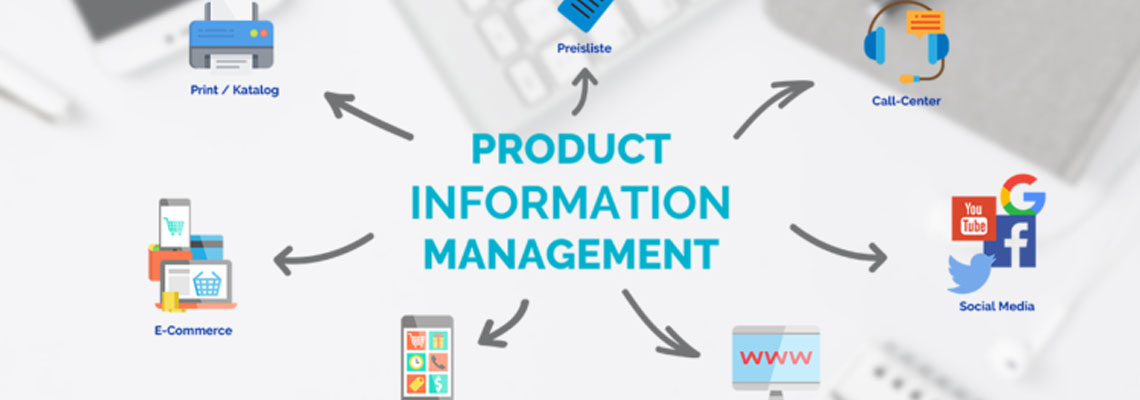The ecommerce is already crowded and the only way to get the attention and retain your customers is by offering them the best product experience. You can achieve this by paying attention to the reviews they make on your products and working hard to ensure that you improve on your weaknesses. For more information goaland.com
PMX ensures that it provides efficient product experience by offering content-enriched experiences of customers. It also understands that the most effective way to attract a larger audience to its products is by creating personalized experiences for consumers. That is the main reason why most vendors are now moving towards product experience management and not PIM.
Why Vendors are Shifting from Product Information Management to Product Experience Management
For vendors to be successful in their business transactions, they ought to develop and embrace strategies such as product experience management that will help them create a better personalised product experience among their consumers. This way, they will be building an emotional connection between their consumers and the products.
Product experience management is naturally taking the place of product information management because it possesses several benefits to both consumers and the products. Vendors can achieve this by developing unique and detailed content to have the right information during their shopping period.
Benefits of Product Experience Management
Unlike the past years where product experience management was something that most vendors desired, currently, it is a requirement. Great customer experience is as important as the products that they are selling. When an ecommerce has product experience management in place, they can deliver product information content at any particular time.
Thus, it becomes easier to establish qualities such as loyalty, effective communication and expand the market boundaries. Product experience management seems more of natural evolution and here are some of the benefits that vendors are experiencing.
1. It Sends your Content Out
When a company creates product content that is accurate, detailed and generally good, they will be able to sell it to the target audience with ease.
They can sell their products online, offline or by using mobile phones. Companies can make good use of connectors that integrate product experience management with online stores and marketplaces and any other relevant IT systems for better flow.
2. It Increases Conversions
The most effective way you can increase online conversions is by maximizing the details of your products. As a vendor, you can include pictures and quality descriptions of what the product entails. These details will be of help to consumers whenever they visit your site and it makes it easier for them as they will have enough clues on what your product is all about.
This is one of the best marketing strategies that vendors can use to personalize consumer experiences. Consumers are most likely to work with vendors who offer them personalised product experiences than a company that does not.
3. It Meets Consumer Expectations
Currently, ecommerce is slowly overtaking physical stores. When shopping in physical stores, it becomes easier for consumers to select different products and even try them out. However, this may not be the case for ecommerce and a company to ensure that their consumers are getting a similar experience; they have to work on how best they will meet consumers' expectations.
This is because customers usually have high expectations when purchasing products from different companies and they are also looking forward to have a better experience when shopping. Therefore, vendors need to create consistent product information that will tally with the product experiences. Product experience management also enables vendors who sell different products to different consumers to use automation which optimises their time
4. It Manages Content Quality
The contents of the products are what will help market it to the world. The contents include descriptions and details of what the product is all about and they make it possible for consumers to find products on search engines.
When shopping online, it is likely for a customer to forget the brand name of a particular product. After shopping in different stores, you may more often only remember a single specification of a product but not its name. Therefore, a company needs to include main keywords or non-branded keywords in a product's description. Failure to do this, search engines will not show the company's product.
5. Better Recommendations
Vendors are having an easy time incorporating product experience management. It improves consumers' recommendations on their products because they do not need to get them from another consumer once used. It aims at making sure that the consumers' experiences are more personalized and centralized.
When product experience management is a success, the company will have better sales on their products, they will experience improved conversions and also be able to build loyalty between consumers and the products. Product experience management is slowly taking shape in the ecommerce industry, thus becoming a more reliable strategy.
